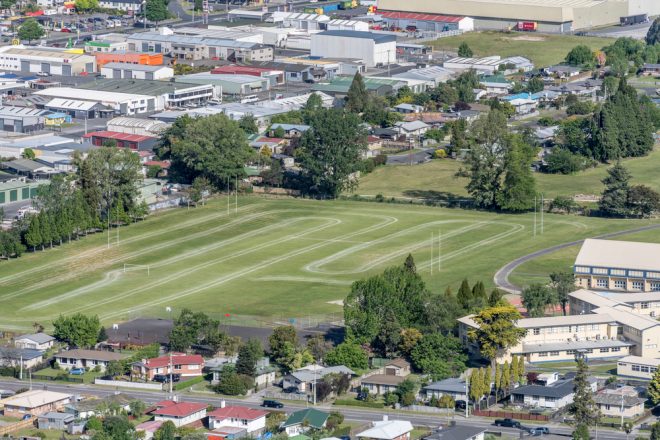10代の若者たちは、NCEAの合格点を昨年の同時期より93,000点低下させて、第3学期を終えました。
Qualifications Authority(教育評価と資格の管理を担うニュージーランドの政府機関。ニュージーランド資格審査局)がRNZに提供した数字によると、学校は今年これまでに140万件のachieved(可)、merit(良)、excellence(優)の成績を当局に報告しており、これは昨年より6%、2019年の同時期より20%少なくなっています。
この数字を見ると、今年最もロックダウンの影響を受けたオークランドでは、NCEAの良い評価結果の報告は昨年よりも4%少なく、ギズボーン、マールボロ、オタゴなどの地域では10~12%少なかったとのことです。
また、昨年の同時期と比べて不合格の結果が7パーセント多いものの、2019年と比べて少ないこともわかりました。
中等教育機関の校長協会会長であるVaughan Couillault氏は、学校がQualifications Authorityに報告する成果結果が昨年よりも少ないことに、驚きはないと述べています。
「今回のロックダウンが昨年と大きく異なる点は、年末に近いということです。ロックダウンに入る前のデータでは、ポジティブな報告評価結果が少しリードしていたと思われますが、2、3ヶ月後には状況が劇的に悪化しました。」と彼は語りました。
Couillault氏によると、多くの学校がNZQAに報告する前に再確認が必要な内部審査(internal assessments)を完了し、採点している可能性があるとのことです。
彼は、「いくつかの分野あるいは評価項目では、少し滞っていますが、レベル2に戻り、対面式に戻れば、NZQAに報告されるポジティブな評価結果の数が少し増えるのではないかと思います」と述べています。
オネハンガ(Onehunga)高校のJosiah Aliimalemanuさんは、今回のロックダウンにより、いくつかの内部審査を完了することができなかったとRNZに語りました。
「今週はたくさんの評定試験がありましたが、音楽の演奏はオンラインではできませんし、体を動かす体育の試験も実際にはできませんでした。」
Josiahさんは、試験の準備をしたいと思っていた来学期に、評価試験を受けなければならないということです、と述べています。
同じく13年生のFaith Fineanganofoさんは、教室で行うよりも自宅で内部審査を行う方が難しく、来学期の内部審査の準備のために休暇を費やさなければならないことが残念だと話していました。
同校のDeidre Shea校長は、今年のロックダウンのタイミングは、昨年の全国的なロックダウンやその後のオークランドでのロックダウンよりも混乱を招くものだったと述べています。
「評定試験に関しては年末に近づいているので、つまり、ロックダウンが行われたときには、生徒たちは場合によっては課題の完成に近づいていたため、ある意味では昨年よりも不利益を被ったことになります。」
また、学校側は、たとえ通常の学習量に達していなくても、追いつくための時間があることを生徒に伝えていると言います。
「学習と達成を継続する機会があるため、今すぐに評価試験を完了したり、そもそも評価試験を受けられる状況になくても、あまりストレスを感じることはありません。」
Shea校長は、今年学生に付与される追加の学習成果の認定クレジット(単位)は、学生の達成度の不足を補うのに十分であると述べています。
Qualifications Authorityの副最高責任者であるAndrea Gray氏は、報告された評価結果の低下は驚くべきことではないと述べています。
「3学期は通常、学校がかなりの量の評価を行う予定の時期であり、ロックダウンの時期を考えると、昨年と2019年に比べて報告された評価結果が減少したことは驚くべきことではありません」と彼女は述べました。
彼女は、今年のNCEAと大学入学についての変更は、ロックダウンのタイミングと生徒が教室を離れていた時間を反映して、計算されたものだと述べています。
情報元:RNZ News






























































